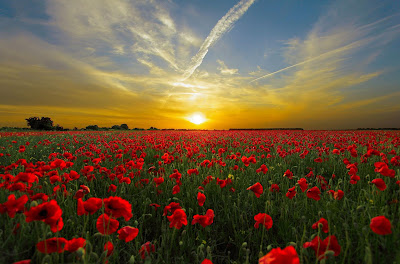Reassurance Chocolate Banana Bread Pudding

Somatic reassurance through good eating is essential in anxious times (and aren’t most times anxious these days?). Redolent with the global flavors of bananas (Polynesia), chocolate (Mesoamerica), vanilla (Mexico), and a sturdy pudding custard (England), this dessert sends reassurance directly to the cellular level. Sweet, caramelized bananas and soft, fluffy brioche are the key ingredients, and be sure to treat yourself and use high-quality chocolate as well. On a rainy autumn evening, this dessert pairs well with homemade macaroni and cheese with roasted Brussels sprouts, both featured in my new cookbook, Fresh Food Science: 101 Healthy, Easy, Delicious Recipes for Tween, Teen & Young Adult Chefs , available from Amazon , Red Balloon Bookshop , Wild Rumpus Books , Valley Bookstore, and WordHaven BookHouse. If you are hankering for more puddings after this one, Fresh Food Science also features five chia pudding recipes and seven tapioca pudding recipes, of which my curren...





